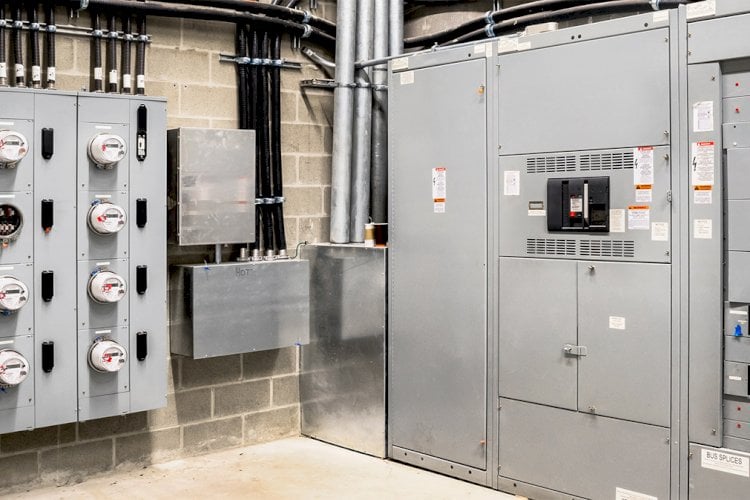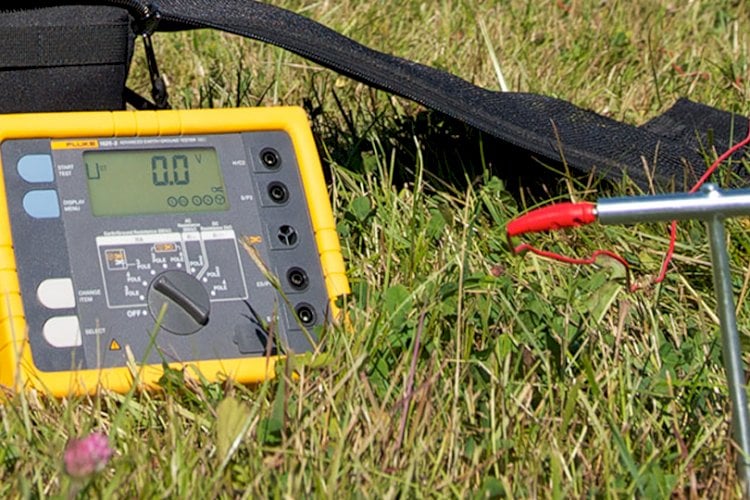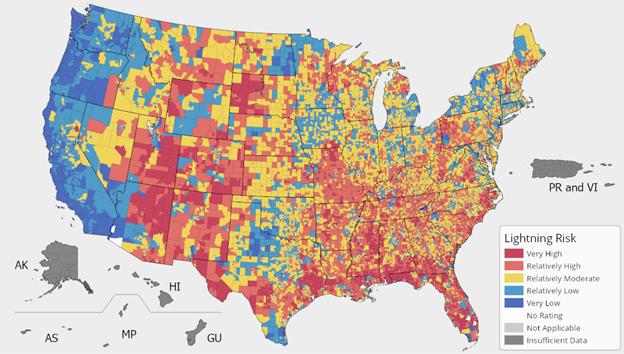Fundamentally, the Resistance-to-Ground, also called Ground Resistance or Earth Resistance, is the resistance between your facility’s below-grade grounding electrode system and remote ground or remote earth. If you know the Resistance-to-Ground of your below-grade electrode system and magnitude of ground fault current flowing into it, you can calculate the Ground Potential Rise (or voltage rise) of your grounding electrode system during a fault. Resistance-to-Ground is a common performance specification for a Grounding Electrode Systems.
Why is it Important?
Understanding and managing Resistance-to-Ground can play a pivotal role in electrical safety of your facility. A low resistance to ground/earth electrode ensures that any fault, lightning strike, EMI, or surge in electrical current is quickly redirected and dissipated into the earth, reducing potential damage to equipment, and minimizing the risk of electrical shocks or fire hazards. Additionally, it helps maintain stable electrical systems, ensures proper functioning of protective devices, and saves lives. Typically, sites that have high-voltages (over 1,000 volts), extensive electronic systems, radio transmitters, data and telecommunication systems, flammable materials, heavy manufacturing systems, robotics, arc-welding, laboratories, etc. will have need of a low resistance-to-ground below-grade electrode system in addition to extensive above-grade grounding conductor networks.
Is a Resistance-to-Ground Specification needed for every grounding or earthing system?
The international space station, airplanes, helicopters, cars and many other objects have extensive grounding and earthing systems in them, however they do not have grounding electrodes tied to the earth, and therefore do not have a resistance-to-ground. And in many cases, structures that do have below-grade grounding or earthing electrode systems, the resistance-to-ground is not of vital importance for the safety of the facility. For example, most residential homes and commercial buildings can operate safely even with an electrode system with a very high resistance-to-ground (or resistance-to-earth for our international friends).
How Can E&S Grounding Solutions Help?
At E&S Grounding Solutions, we specialize in providing comprehensive grounding solutions tailored to your specific needs. With years of expertise and a team of experienced professionals, we offer a range of services, including Resistance-to-Ground testing, design consultation to meet your Resistance-to-Ground specification, and commissioning of your new grounding system. Our goal is to ensure that your electrical systems are safe, compliant with regulations, and performing optimally.
Let's Talk! Schedule a FREE Phone Consultation Today.
Wherever you're located, learn how good a fit we are for your project.







